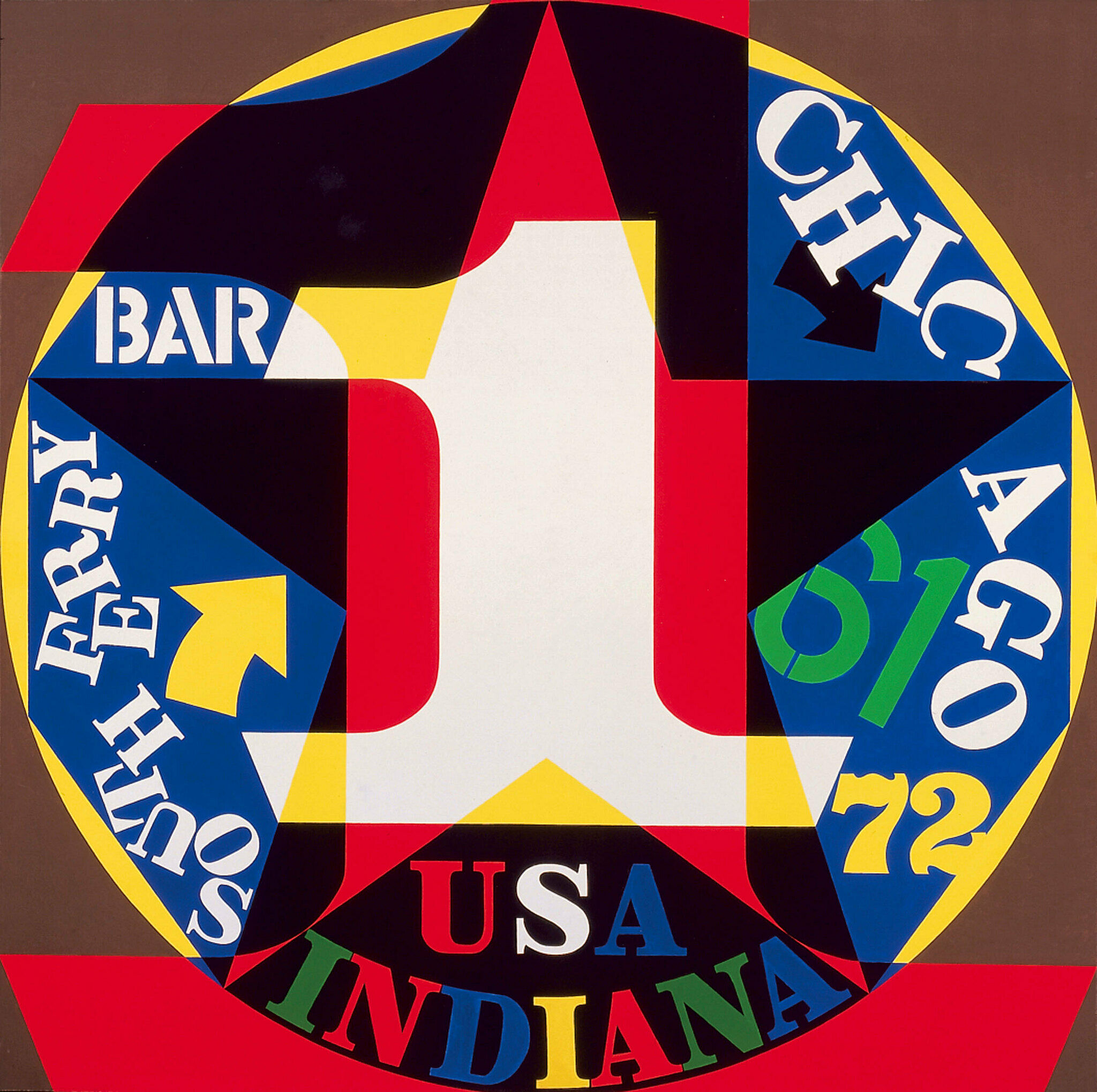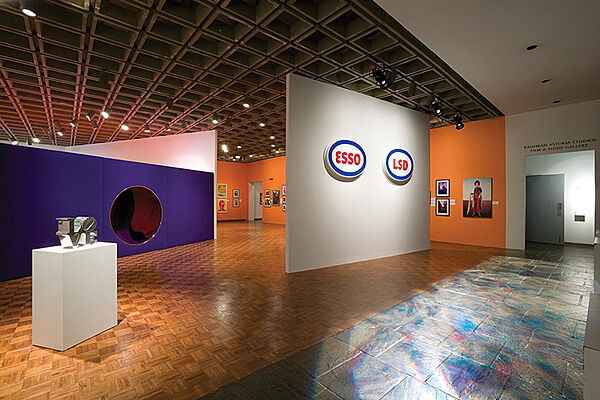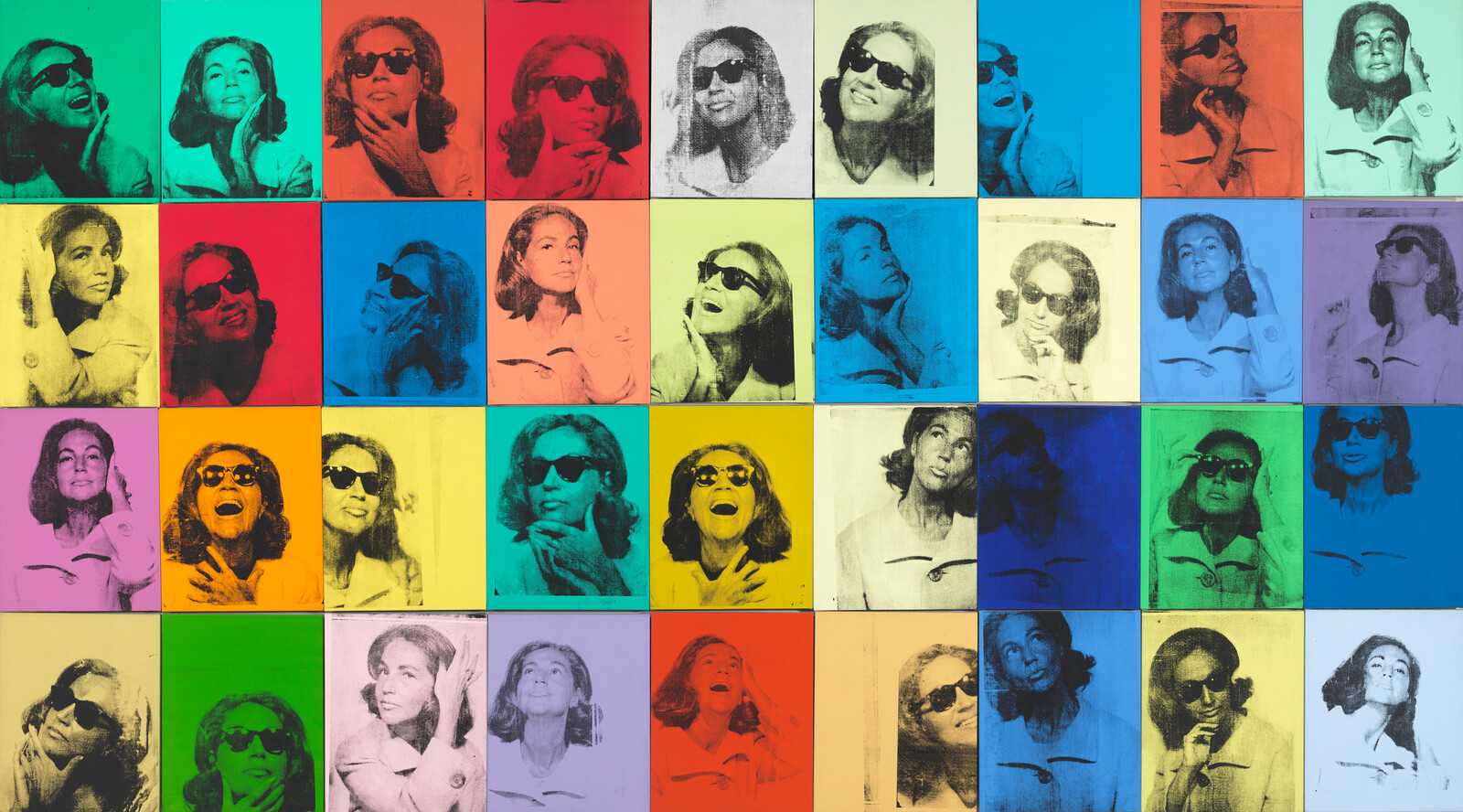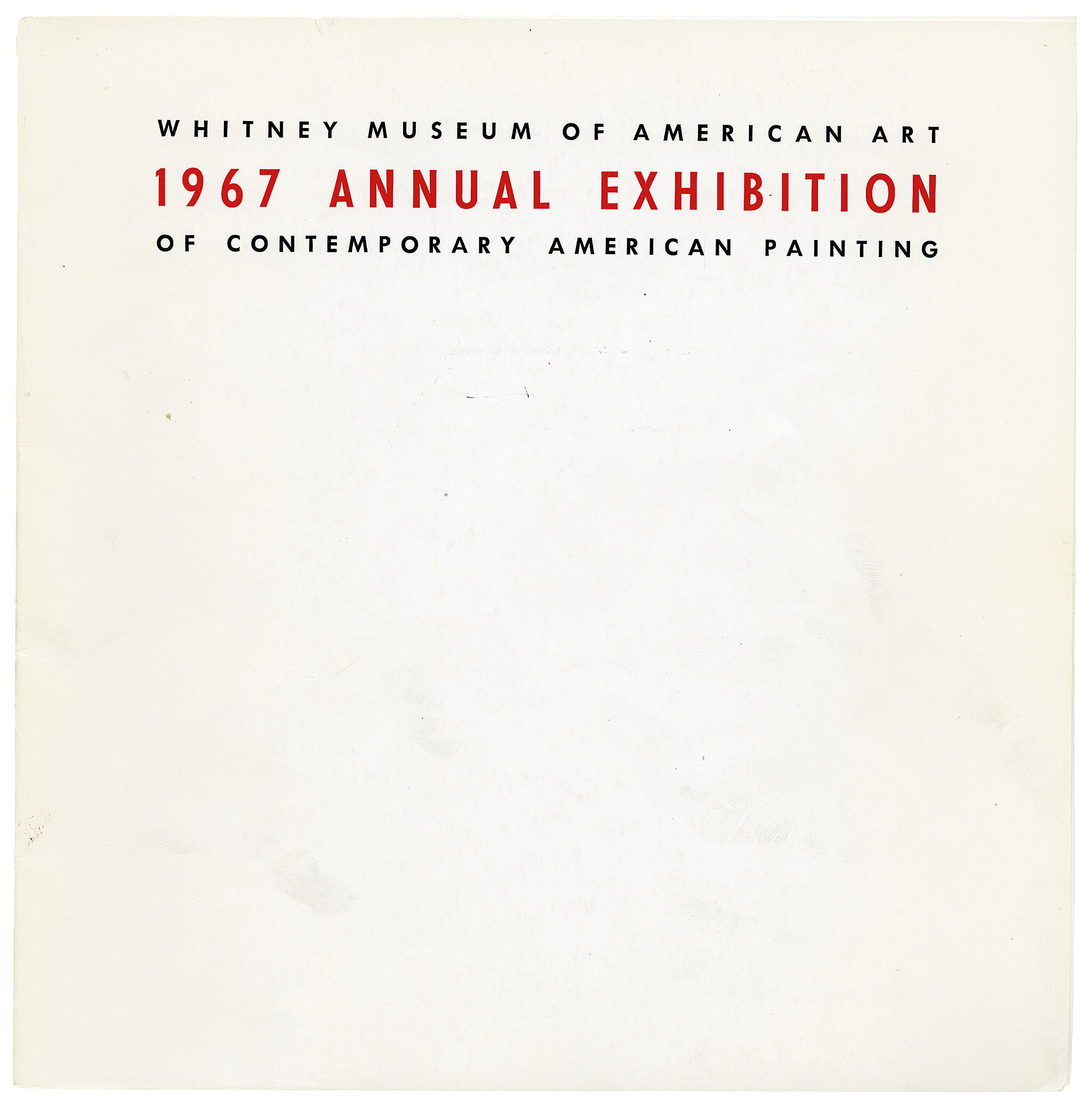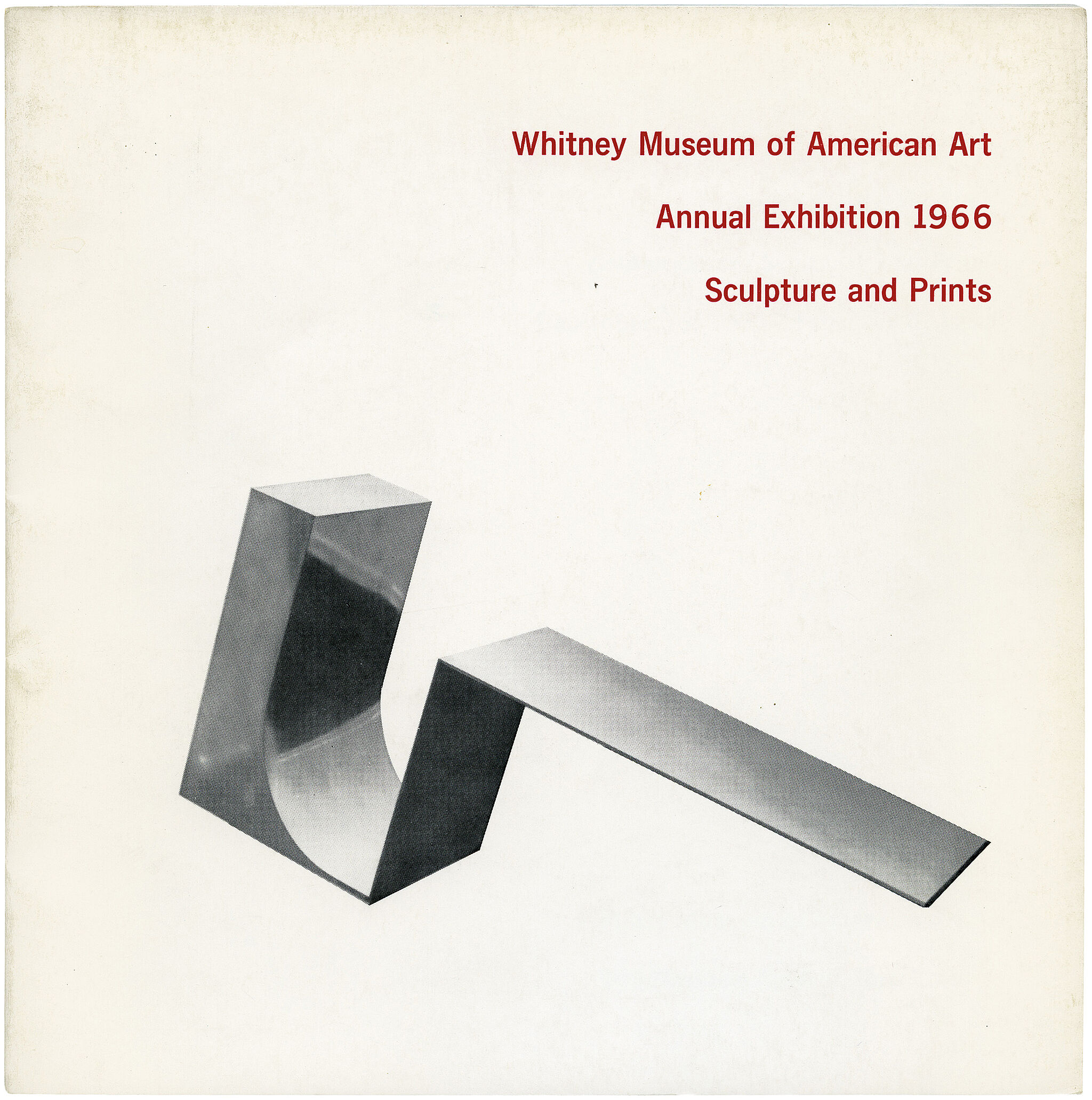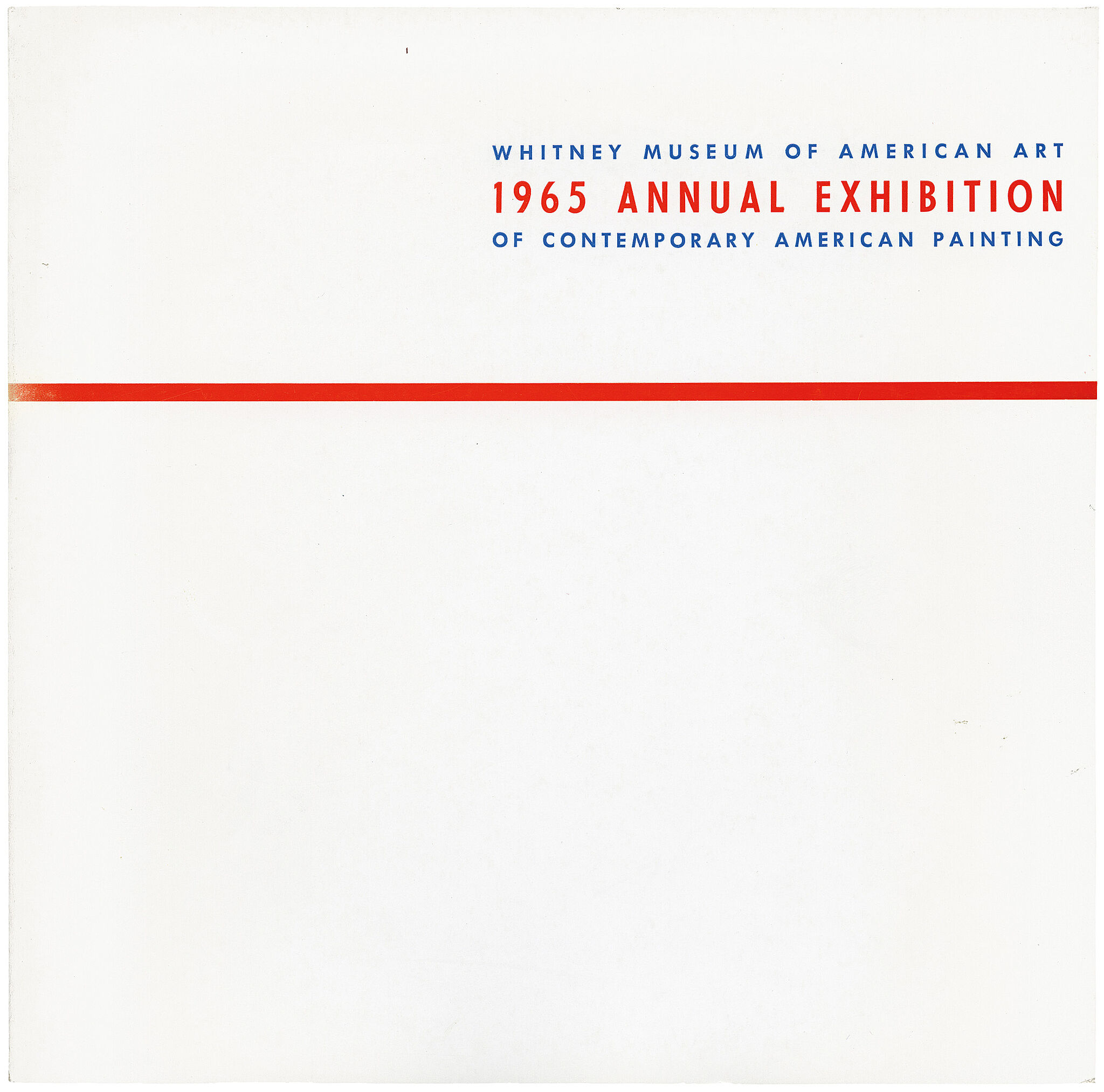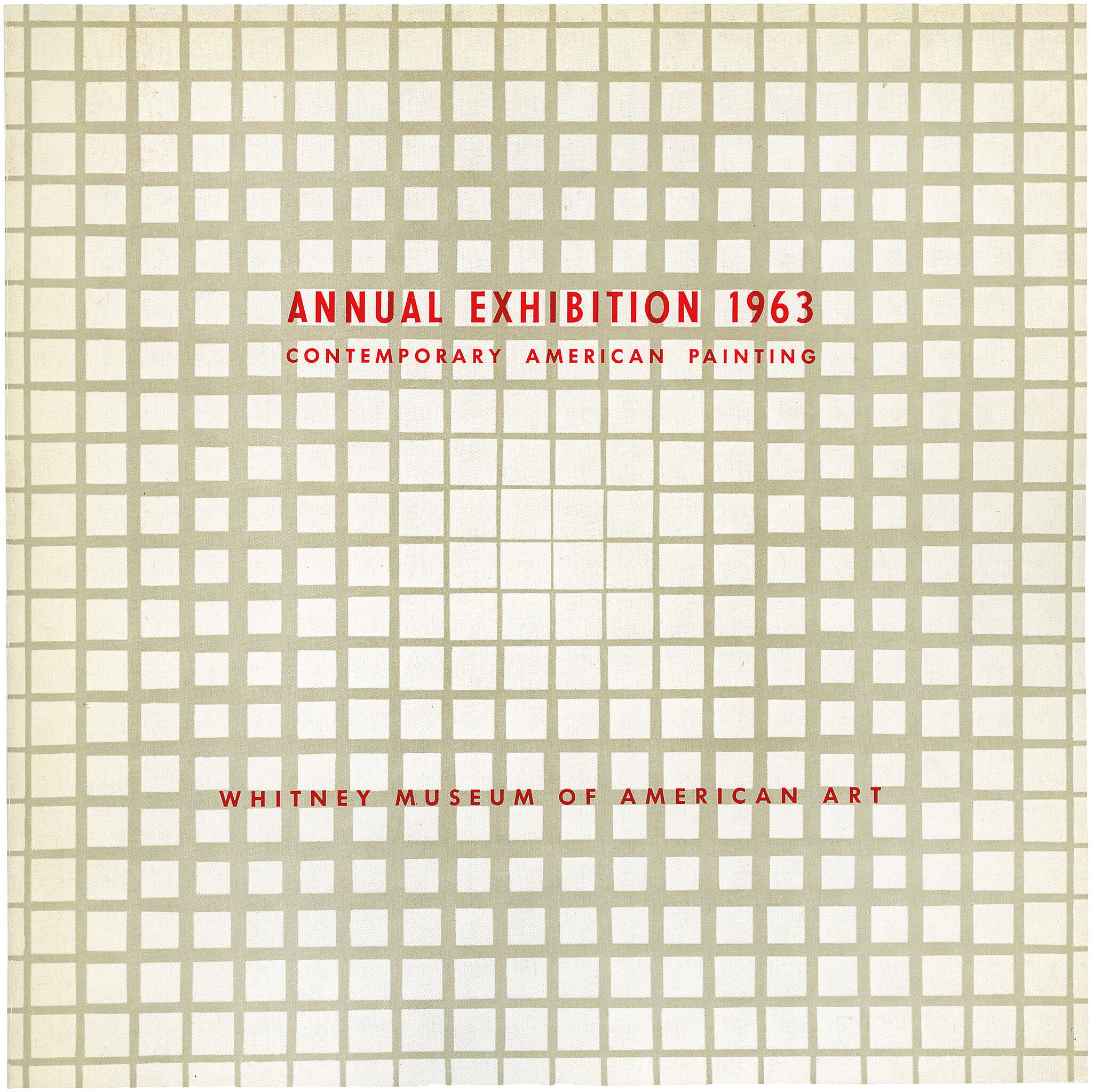Robert Indiana
1928–2018
Like many of his Pop art contemporaries in the early 1960s, Robert Indiana turned to advertising and consumer culture as subjects for his art. Growing up in small-town Indiana, the artist became fascinated by Americana and unabashedly embraced his homespun Midwestern roots—even changing his given surname, Clark, to that of his home state in 1958. In his dynamic, brilliantly colored paintings, Indiana drew on the language of highway signs, restaurant billboards, and roadside entertainments.
The X-5, composed as an X-shaped structure reminiscent of the warning signs found at railroad crossings, was one of five works that comprised the fifth suite of Indiana’s series of American Dream paintings. In this suite, Indiana paid homage to an earlier painting: Charles Demuth’s I Saw the Figure 5 in Gold (1928). Demuth’s image, itself inspired by a poem by Williams Carlos Williams, records the impression of seeing a fire engine inscribed with the numeral 5 racing down a New York street. Demuth’s bold decision to use the enlarged, crisply articulated figure 5 as the centerpiece of his composition represented, for Indiana, a “modern step” that presaged his own experiments with words and numbers. In The X-5 Indiana creates a complex geometric configuration by layering Demuth’s 5 over other forms that allude to the number 5—stars and pentagons—and by repeating the image on five panels that are joined together. The X-5 is Indiana’s first canvas composed exclusively in grisaille tones, which he would continue to employ on future occasions as an alternative to his normally vibrant palette.
Introduction
Robert Indiana (born Robert Clark; September 13, 1928 – May 19, 2018) was an American artist associated with the pop art movement.
Indiana is mostly known for his iconic image LOVE which was first created in 1964 in the form of a card. Indiana sent these cards to several friends and acquaintances in the art world. In 1965, Robert Indiana was invited to propose an artwork to be featured on the Museum of Modern Art's annual Christmas card. Indiana submitted several 12” square oil on canvas variations based on his LOVE image. The museum selected the most intense color combination in red, blue, and green. It became one of the most popular cards the museum has ever offered. Indiana continued to develop his LOVE series, and in 1966, worked with Marian Goodman of Multiples, Inc. to make his first LOVE sculpture in aluminum. In 1970, Indiana completed his first monumental LOVE sculpture in Cor-Ten steel which is in the collection of the Indianapolis Museum of Art.
Indiana has also been a focal point of the LGBTQ rights movement after it was disclosed that his famous LOVE artwork was the result of the breakup between him and artist Ellsworth Kelly, who notably, inspired Indiana's style of work.
In addition to being a painter and sculptor, Indiana made posters and prints and also designed stage sets and costumes for the Virgil Thompson and Gertrude Stein opera The Mother of Us All. Indiana's artwork has been featured in numerous exhibitions around the world and is included in the permanent collections of many major museums including the Museum of Modern Art, New York; Tate Modern, London; and the San Francisco Museum of Modern Art.
Wikidata identifier
Q169281
Information from Wikipedia, made available under the Creative Commons Attribution-ShareAlike License . Accessed January 2, 2026.


